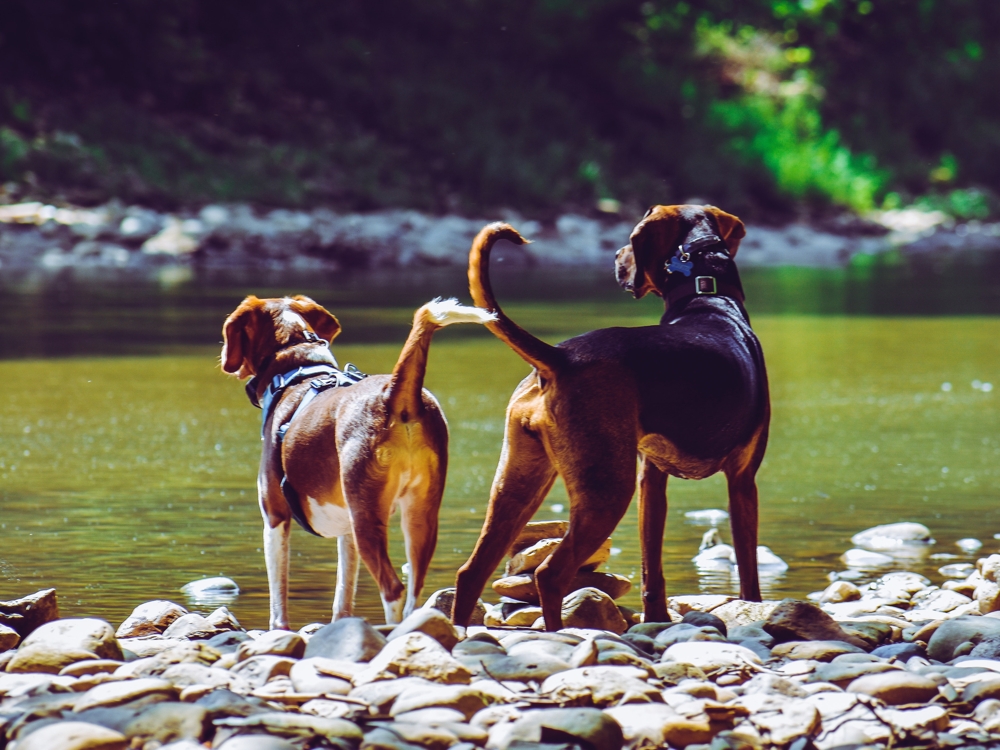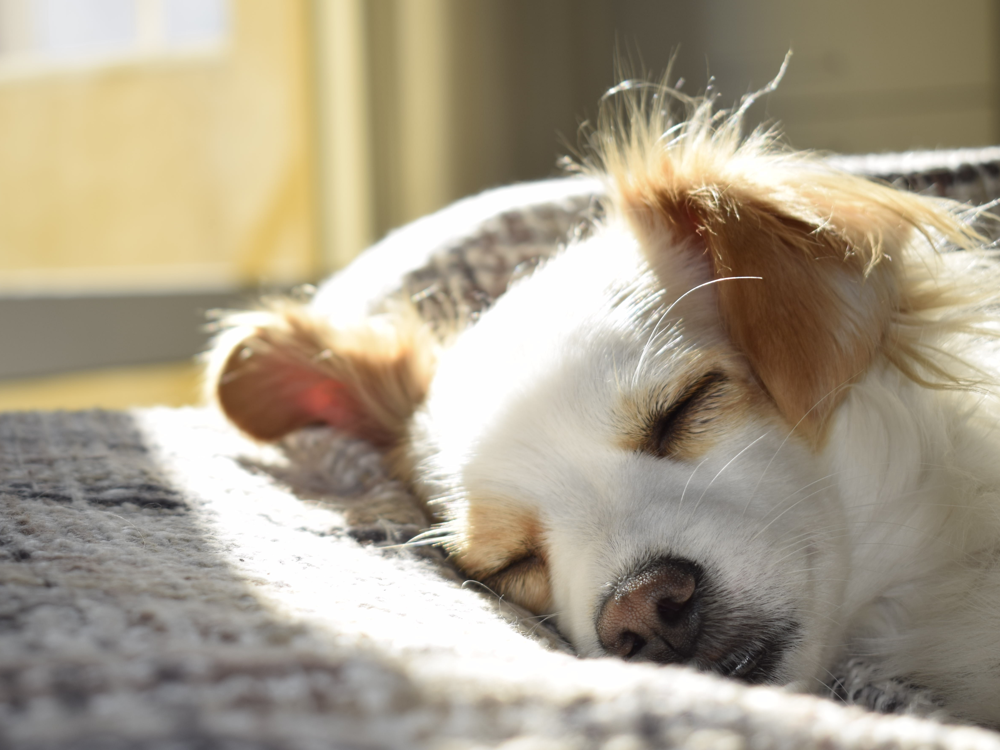These Christmas Foods Are Dangerous for Dogs
Share
[Sassy_Social_Share]Christmas is, as the song says, the most wonderful time of the year for many of us. So of course we want to include our dogs in the festivities. And the last thing we went to do is put them in any danger. That’s why it is important to know which foods pose a risk to your dog and how you can enjoy those treats while keeping your pets safe. Let’s face it, our dogs have even less self-control than we do in the face of all that deliciousness. Keeping your dog safe is more than just not giving him the dangerous foods. It’s also making sure he can’t help himself to them, because if he can, the odds are that he will.

Most dog owners know that chocolate is a potentially lethal toxin to dogs. But still some people seem to think that a little is okay. It is not. Chocolate contains theobromine, a stimulant that affects the heart. Three key factors determine how toxic it is to your dog. First of all, different chocolates contain different amounts of theobromine. Second, your dog’s size and weight will affect his reaction to it. Third, your individual dog’s health and history also influence how severely he will be affected. Because it is a stimulant, dogs with chocolate poisoning do not initially seem sick. They might seem hyper and want to play. But they are at great risk of suffering a heart attack.
If you catch your dog eating chocolate, you can induce vomiting right away and then bring him to the vet. But if you find your dog a while after he’s indulged himself, it is best to contact your vet immediately. Children need to be taught that sharing their chocolates with the dog is absolutely not allowed, and sometimes other adults need a reminder. While a very small dose might not kill a dog, it is doing damage to the dog’s heart and can shorten his life.
The focus is usually on chocolate being poisonous for dogs, but it is unsafe for cats too. They can’t tolerate theobromine either. The reason dogs are at greater risk is because they tend to have a sweet tooth, while cats are not usually drawn to chocolate. But cats are smaller and there are always exceptions, so the danger of chocolate poisoning is real for them too.
Foods You Might Not Know Are Dangerous for Dogs
Chocolate is not the only risk to our dogs. Other foods are always dangerous, including a few many people assume are safe. Keep this list handy over the holidays and remember to keep these foods away from your beloved pets.
- Christmas pudding and Christmas cake contain raisins. Grapes and raisins can lead to kidney failure in dogs and cats. Cats are generally more prone to urinary tract problems, so this is a bigger risk to them.
- Dressing or stuffing includes onion, which affects the red blood cell count. Onion can cause anaemia in dogs and cats. Giving them a little bit of turkey is fine, just make sure it doesn’t include any onion from the dressing.
- Not all of the sweets in the house over the holidays are full of sugar. Many now use artificial sweeteners, and guess what, they’re also dangerous for pets. Xylitol is especially toxic to dogs and cats. It can be fatal. Xylitol plays havoc with your pet’s blood sugar levels and causes liver failure. If your pet gets chewing gum, sweets, peanut butter, sweetener or anything else with xylitol, contact your vet immediately.
- Macadamia nuts grow in Australia and Hawaii, and they are delicious. They’re also toxic for dogs. While they are unlikely to kill your dog outright, even a very small amount will induce vomiting, diarrhoea, seizures, fever, weakness and other holiday-ruining symptoms.
- Dogs are supposed to love bones, but turkey bones are particularly dangerous for them. Chicken, turkey, goose and Cornish game hens are standard Christmas fare, and of course our dogs will beg for some. But poultry bones are prone to splintering, which means that sharp bone fragments could cut or embed themselves in your pet’s intestines.
Your pets absolutely deserve tasty treats at Christmas. And happily you have many safe options for them, such as the Connolly’s RED MILLS Leader range of treats. This line of healthy dog treats includes options to boost skin condition, dental hygiene and joint health.
Keeping Your Pets Safe at Christmas

We’re all under a bit of pressure at the holidays, so it can be easy to let your guard down around keeping food away from pets. They say the kitchen is the heart of the home, and very often it is where the people and the pets are gathered with food. The trick is to establish some good habits, especially with children, to keep pets and food safely apart. The weather outside is indeed frightful this time of year, so simply putting the dogs into the garden is not a good option.
With all the decorating and extra activity, pets can feel a bit overwhelmed. So they will actually appreciate it if you set aside a quiet spot for them to unwind. It can be a conservatory, utility room or hallway, as long as it is away from food. Put their bed there along with their food and water dishes and some chew toys, and make sure they are confined there when you are cooking and eating. Develop good habits in the kitchen. Make sure chairs are pushed in at the table and food isn’t left out on counters or cookers. Dogs can surprise us with their climbing skills when they are motivated to reach some forbidden food.
One last danger lurks under the Christmas tree. We all love a surprise, but it makes sense to ask if a gift you receive includes food. If it does, put it away in a press instead of under the tree to protect your pets. They can sniff out forbidden foods even if they are well packaged.
Knowing your beloved dogs and cats are safe from the dangers of toxic foods means you can relax and enjoy the season. And of course, you can fill their stockings with Connolly’s RED MILLs healthy and delicious Leader range of treats.





